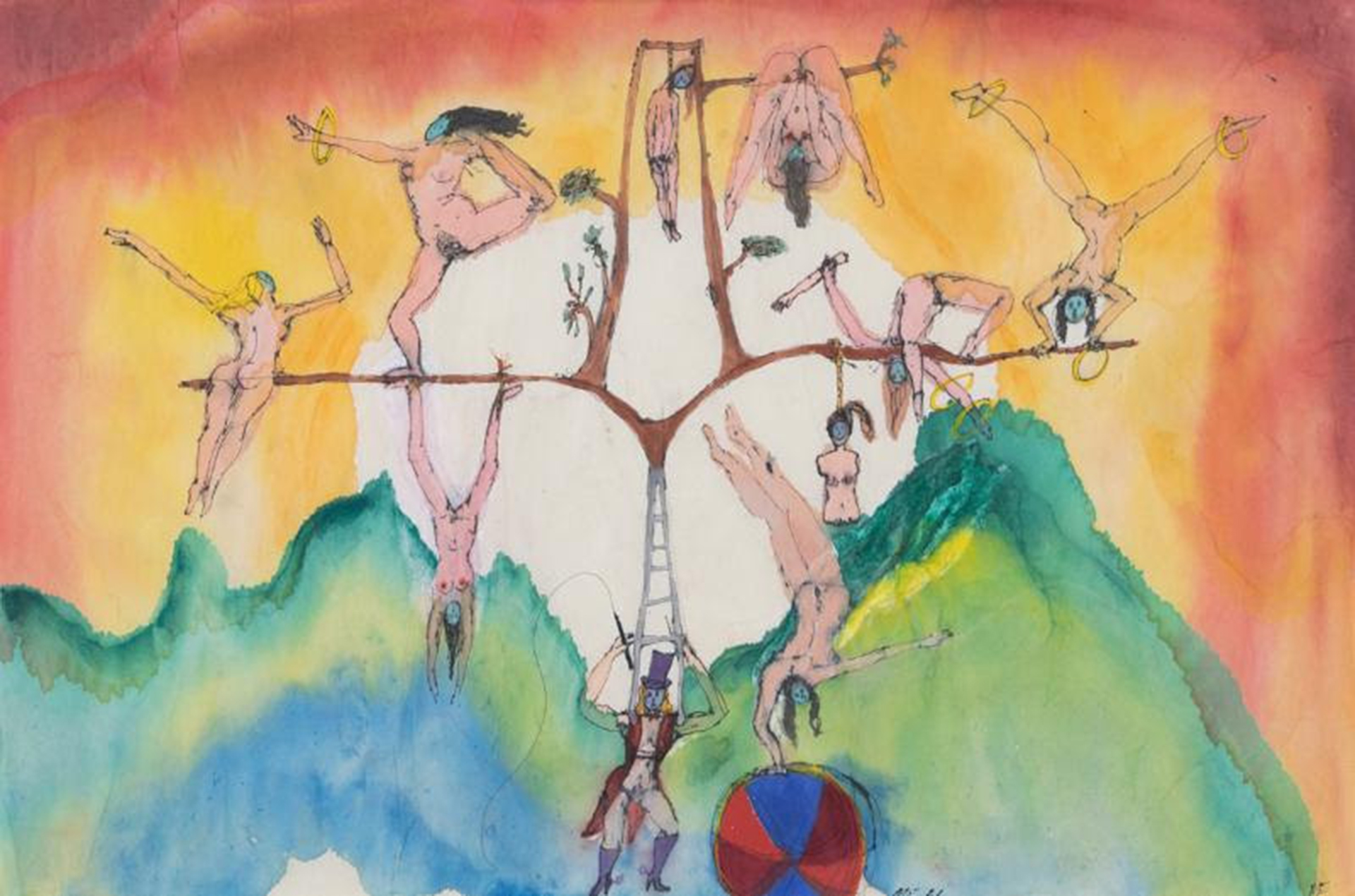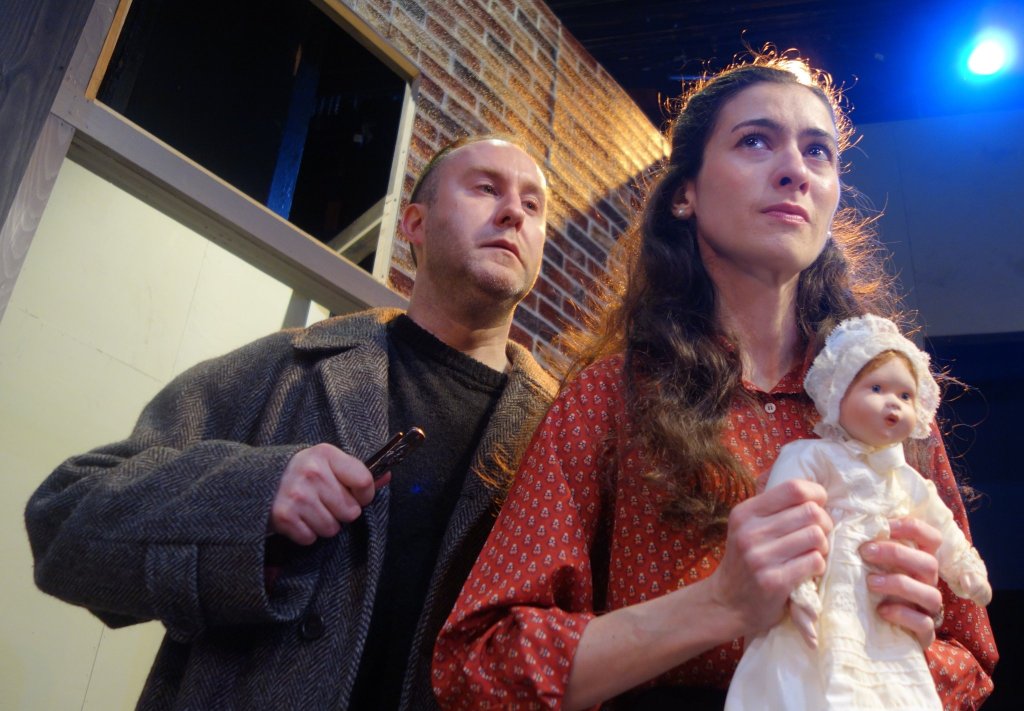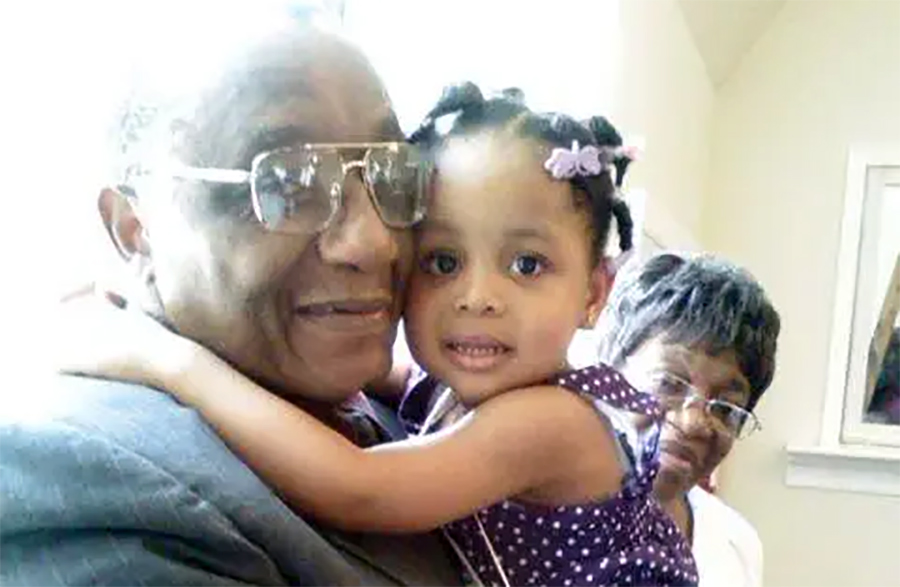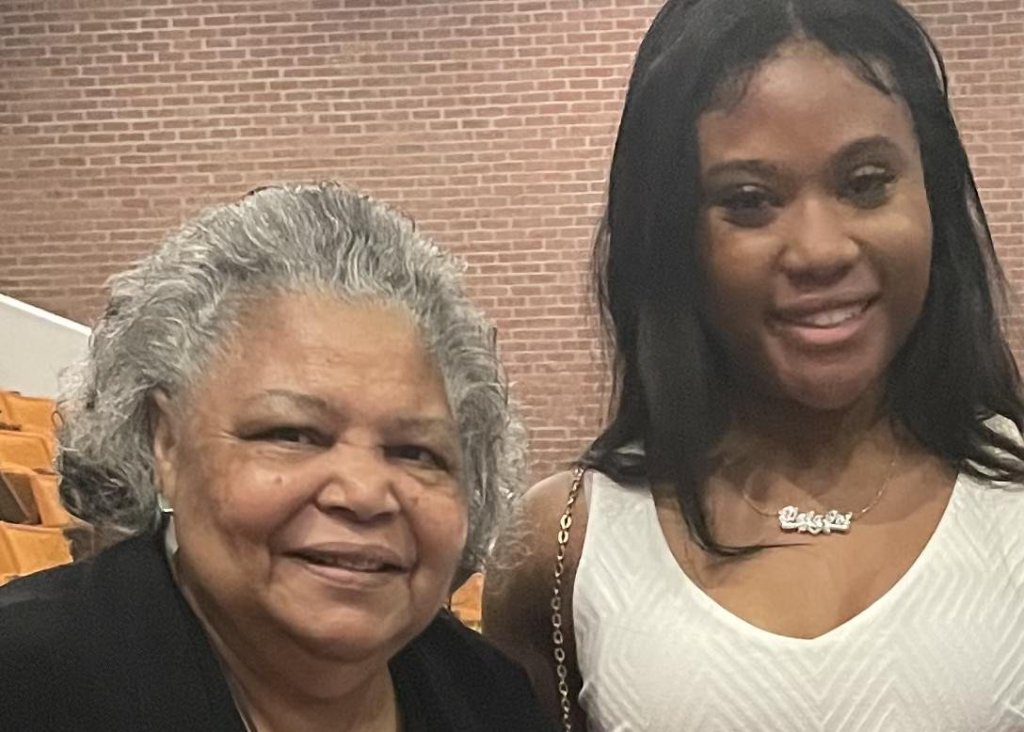The Nude As Wallpaper

On Monday, November 12, Eric Firestone Gallery of East Hampton held a panel discussion “Let Me Hear Your Body Talk,” moderated by Nancy Princenthal at its second location in New York City. The talk coincided with the exhibition of work by artist Martha Edelheit “Flesh Walls: Tales from the ’60s.” The show, greatly focusing on an influential decade in America, is on view through December 15. The Independent caught up with Edelheit to talk to her about the exhibit.
What is your connection to the East End?
I have lived in Sweden for the past 25 years, but before that, I lived in New York City. In the ’50s I visited Amagansett, staying in a cottage in the middle of a potato field. I later spent several summers in the North Woods in East Hampton in the ’80s.
How did you get involved with the Eric Firestone Gallery?
A friend knew Eric Firestone and when she heard he was going to be in Stockholm on holiday, she suggested he call me and see my work. He did.
Describe your artwork, Circus Tree. What does it symbolize?
I’ve always been fascinated by the circus. The masked clowns, the death-defying feats, the macabre, the expert skills honed to perfection, the grubbiness, and the drama. There is a great classic film Freaks, by Todd Browning, made in 1932, that’s harrowing and heartbreaking, that inspired me. Women make up half the world but most circuses have ring masters, not ring mistresses.
Why the title, ‘Flesh Walls’?
In the late ’50s and early ’60s I was working with ideas about the surface of a painting and how it could cover a wall without using a huge canvas. Paintings were like windows (as described by Robert Motherwell). I wanted to dissolve the “window.” I went from extension paintings, building the surface of the canvas out into the room, to flowered wallpaper. I was working with nude models in my studio and it occurred to me that no one had ever used the nude as wallpaper. Eventually, walls of flowers became walls of flesh, the walls became dreamlike.
What impact has the ’60s decade had on your life?
Simone de Beauvoir had a devastating impact on me in the late ’50s, early ’60s when I first read her. The assassination of Kennedy and Oswald and Ruby, the Vietnam War. It all affected me profoundly. I also had many personal losses. The underlying influences have always been art history, all the art I have seen and absorbed and loved. Everything becomes part of the process of making artwork.
What other decades have influenced your creations?
The first major event that had an unending impact was much further back. Hitler in the ’30s and World War II in the ’40s. The second was Hiroshima and Nagasaki. The ’40s and ’50s were times of incredible world-wide horror as well as repression of women. Most of the language and customs you take for granted didn’t even exist when I was a young girl and woman. TV didn’t exist! Most women stayed home and baked perfect cakes, had two or three children, and were homemakers.
Eric Firestone Gallery is located at 4 Great Jones Street #4 in New York, NY. Call 917-324-3386 or visit www.ericfirestonegallery.com.
nicole@indyeastend.com



